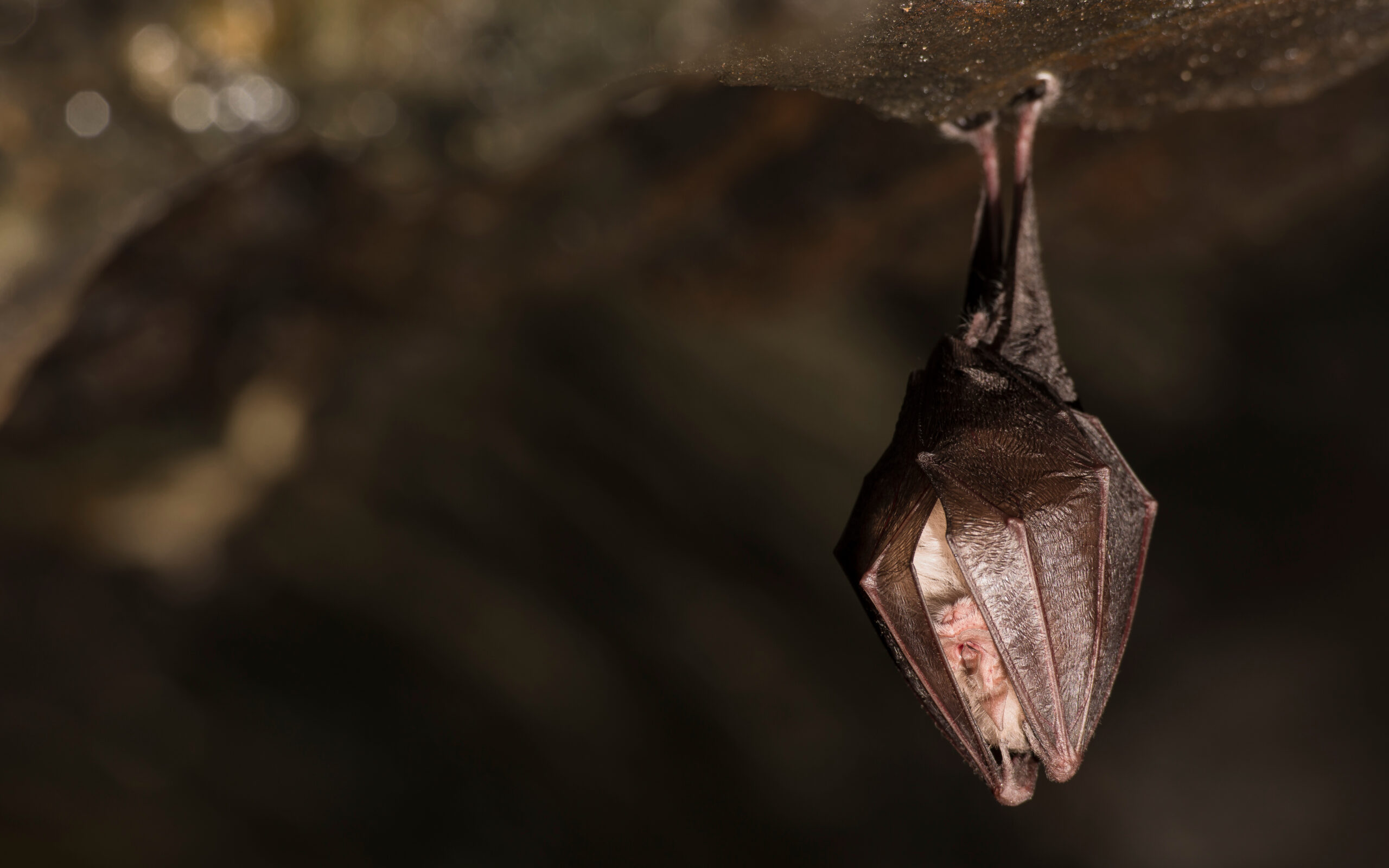
Project outline
A section of the HS2 railway will cross well used bat flight lines of Bechstein’s bat between fragmented ancient woodlands in the former Bernwood Forest, North Buckinghamshire. As a result, the railway could disrupt the movement of bats between roosts and foraging areas affecting the conservation status of bat populations present and therefore appropriate mitigation measures were required to achieve consent from Natural England and thus avoiding costly and significant delays to the HS2 program.
Before giving consent for the project, Natural England required assurances that no bat mortalities occur as a result of the scheme. Bechstein’s bat are of particular importance as they are one of the UK’s rarest and most endangered species with some estimates that no more than 1,000 individuals exist in the whole of the UK with this specific population contributing 200-300 individuals and it is the most northerly population in Europe and therefore of significant genetic value. Mitigation options investigated included construction of a conventional tunnel or the use of lighting, both of which were rejected due to logistical feasibility or safety reasons. The chosen mitigation solution was to introduce an 800m long mesh tunnel along boundary of Sheephouse Wood (SSSI) addressing collision risk along the length of the woodland boundary thereby encouraging the Bechstein’s to safely fly up and over the train line. However, there is a potential risk that bats fly into either end of this structure and then be unable to avoid oncoming trains which required a novel approach using acoustic deterrents to deter bats from entering the portals of the bat mitigation structure.
Our Role
Having identified potentially applicable work undertaken by the University of Bristol on the use of acoustic deterrents to relocate bats from churches, HS2 commissioned Temple, our sister company The Ecology Consultancy, BSG Ecology and the University of Bristol to work together to assess the potential for adapting existing technology for use on a high[1]speed rail project. While acoustic deterrents had previously been used on projects such as windfarms and in churches, this would be a truly novel use of the technology. The initial objective was to determine the feasibility of using the acoustic deterrents to eliminate the risk of bats entering the tunnel. A related issue was how to focus the deterrents to minimise noise spill to the surrounding sensitive habitats and the impact on public rights of way, some of which are located close to one of the proposed arrays of acoustic deterrents.
The Findings
The work concluded that acoustic deterrents were highly effective at deterring bats with over a 98% success rate within 10m of a unit. It was determined that bats were deterred from entering treated airspace and there was a distance effect of the acoustic deterrents on bats.
Testing established that the sound of the acoustic deterrents was generally emitted in a frontal conical shape, but that sound was also emitted behind the units. The distance of effectiveness of the acoustic deterrents on bat behaviour was found to be up to 20m in front and 10m behind the units. It was found that spillage could be successfully managed, funnelled and focused using a variety of techniques including barriers, angling of the units and sympathetic landscape and structural design. These proposals will provide safe crossing point for bats across the railway to address the risk of bats colliding with high speed train. The research study was carried out under licence by Natural England to their standards to satisfactorily alleviate their concerns that no bat mortalities will occur.
Our role
Temple undertook sound measurements of acoustic deterrents to establish their sound levels and directivity. Due to the ultrasonic nature of the source, this was done using a bat detector and an FFT analyser with specialist microphone in the field and supplemented by further measurements off site. Calculations were used to determine the number of acoustic deterrents required to optimise the sound level at the tunnel entrances whilst minimising noise spill to the wider environment.
Awards and Testimonials
The project was joint winner of the Environmental (Infrastructure) Award at the Association of Noise Consultants Awards 2019 and also received an Innovation Award.
